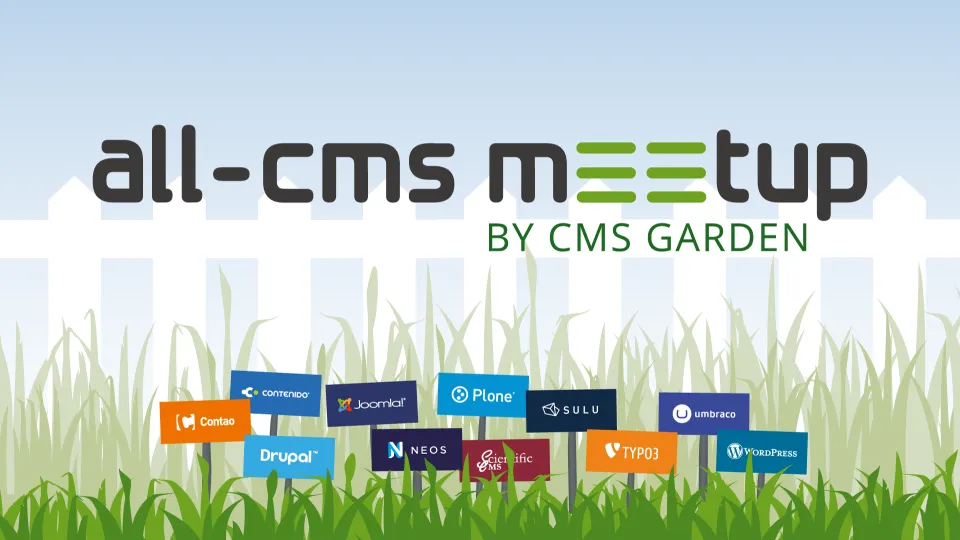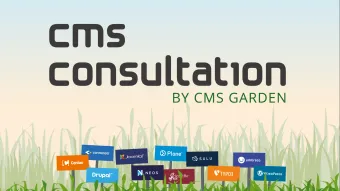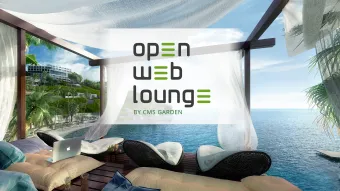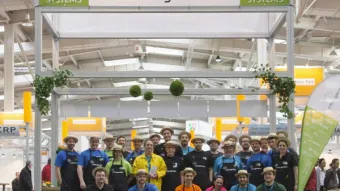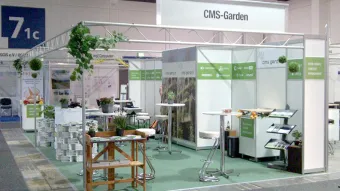One of the features of ScientificCMS is the management of publications according to international scholarly standards including interfaces for data exchange. Research projects can be managed and presented in several different ways. Publications, project reports and other articles may be be relevant in more than one context. This information can be reused, avoiding redundant maintenance. Without entering information again it is possible to create special sites, e. g. for applications for funding or for reports from the existing content (for example relevant publications, research project). Because most informations are already available information rich , issue-specific sites can be created in a very short time.
Using subsites it is possible the use the same data pool to create different websites. This makes it possible to create web sites dedicated to a specific topic. An example can be a web site for a project application. Because ScientificCMS has a strict separation of content and design it is possible to present the same content in different styles. Information has only to be entered once.
Of course, ScientificCMS supports mathematical and other formulas in its documents.
The integrated categorisation system is specifically suited for complex scientific information making them accessible to different groups of users (scientific dialog, teaching, politics, professionals). A detailed information processing improves the accessibility and usability. Complex information can be displayed to meet the specific reading habits in the web.
ScientificCMS also supports the communication between scientists at different places, for example for creating a collected volume or the organisation of conferences.


